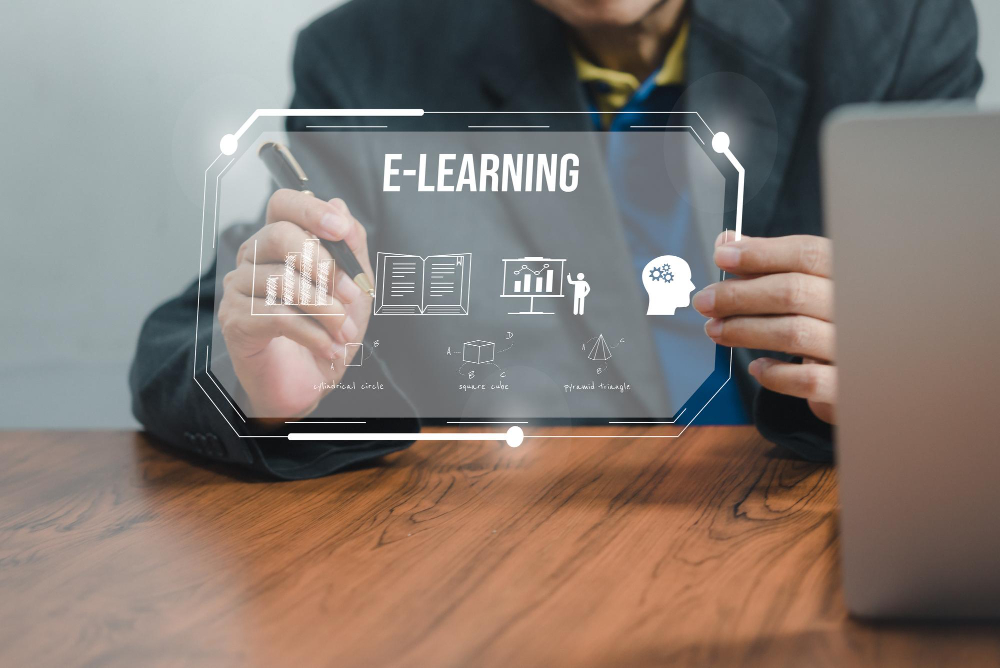Merging immersive learning with employee experience strategies offers a pathway to enhanced eLearning, transforming how skills are acquired and applied in real-time work scenarios. In today’s fast-evolving corporate landscape, organizations are continuously seeking ways to streamline their Learning and Development (L&D) processes. Integrating immersive learning directly within the workflow emerges as an innovative approach that not only accelerates skill acquisition but also enhances overall employee experience. By embedding learning into everyday tasks, employees can engage with content in a manner that is both contextual and relevant, promoting higher retention and application of skills.
Immersive learning leverages advanced technologies like virtual reality (VR), augmented reality (AR), and interactive simulations, creating engaging and effective training modules. These technologies simulate real-world tasks and challenges, allowing employees to learn by doing in a safe, controlled environment. This hands-on approach is particularly effective in rapidly changing sectors where traditional training methods may lag behind. As employees navigate virtual scenarios similar to their daily tasks, they develop a deeper understanding and confidence in their abilities, leading to improved performance and productivity on the job.
The key to successfully blending immersive learning with employee experience strategies lies in its seamless integration into the flow of work. By designing training modules that employees can access as part of their regular work routines, organizations ensure learning is continuous and unobtrusive. This approach minimizes downtime and maximizes efficiency, enabling employees to acquire skills precisely when needed. As immersive learning tools become more intuitive and accessible, the adoption barrier lowers, encouraging wider acceptance and participation across diverse organizational levels.
Additionally, aligning immersive learning with broader employee experience strategies ensures that training is not only about skill acquisition but also about enriching the overall workplace environment. By fostering a culture of continuous learning, organizations can create a more engaged and motivated workforce. This alignment also involves tailoring immersive learning experiences to meet individual learning preferences and career goals, making training a personalized journey rather than a one-size-fits-all solution. Such personalization allows for tailored content delivery, ensuring relevance and immediate applicability.
As organizations transition to this integrated approach, the role of data analytics becomes crucial in guiding the effectiveness of immersive learning initiatives. By tracking employee interactions with learning modules, organizations can gain valuable insights into what works and what needs improvement. This data-driven feedback loop allows for the continual refinement of L&D strategies, ensuring that learning experiences remain aligned with both employee needs and organizational goals. Moreover, analytics can help identify patterns in learning behavior, offering predictive insights that drive future training initiatives.
Despite the clear advantages, challenges remain in the widespread adoption of immersive learning within employee experience strategies. These challenges range from the initial investment in technology to balancing the digital-physical interface. However, as technology evolves and costs decrease, these barriers are expected to diminish. Organizations willing to invest in this future-forward approach to L&D stand to gain a competitive edge through a more agile, skilled, and satisfied workforce, ultimately reflecting positively in their organizational outcomes.
In conclusion, merging immersive learning with employee experience strategies represents a paradigm shift in eLearning, promising transformative impacts on both individual and organizational levels. By embedding learning into the natural flow of work, organizations can foster a culture of continuous development, drive performance, and enhance job satisfaction. As immersive technologies advance and integration strategies mature, the potential for creating truly dynamic and responsive learning environments becomes increasingly attainable. For businesses ready to embrace these changes, the future holds exciting opportunities to redefine how skills are cultivated and translated into tangible workplace success.
